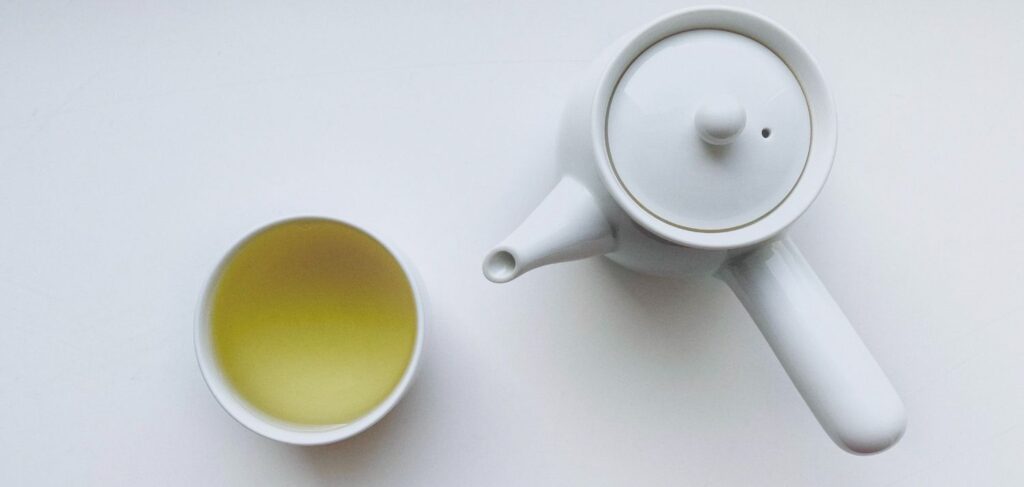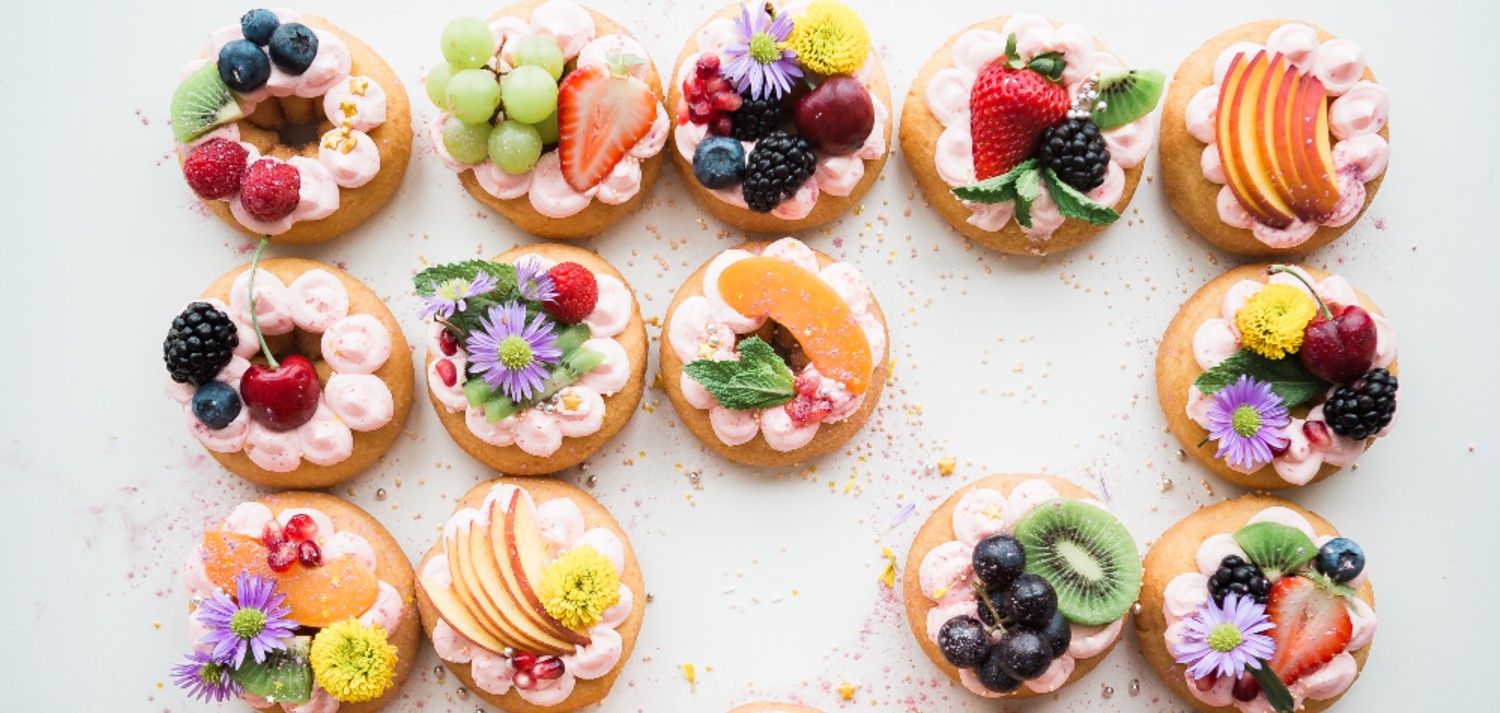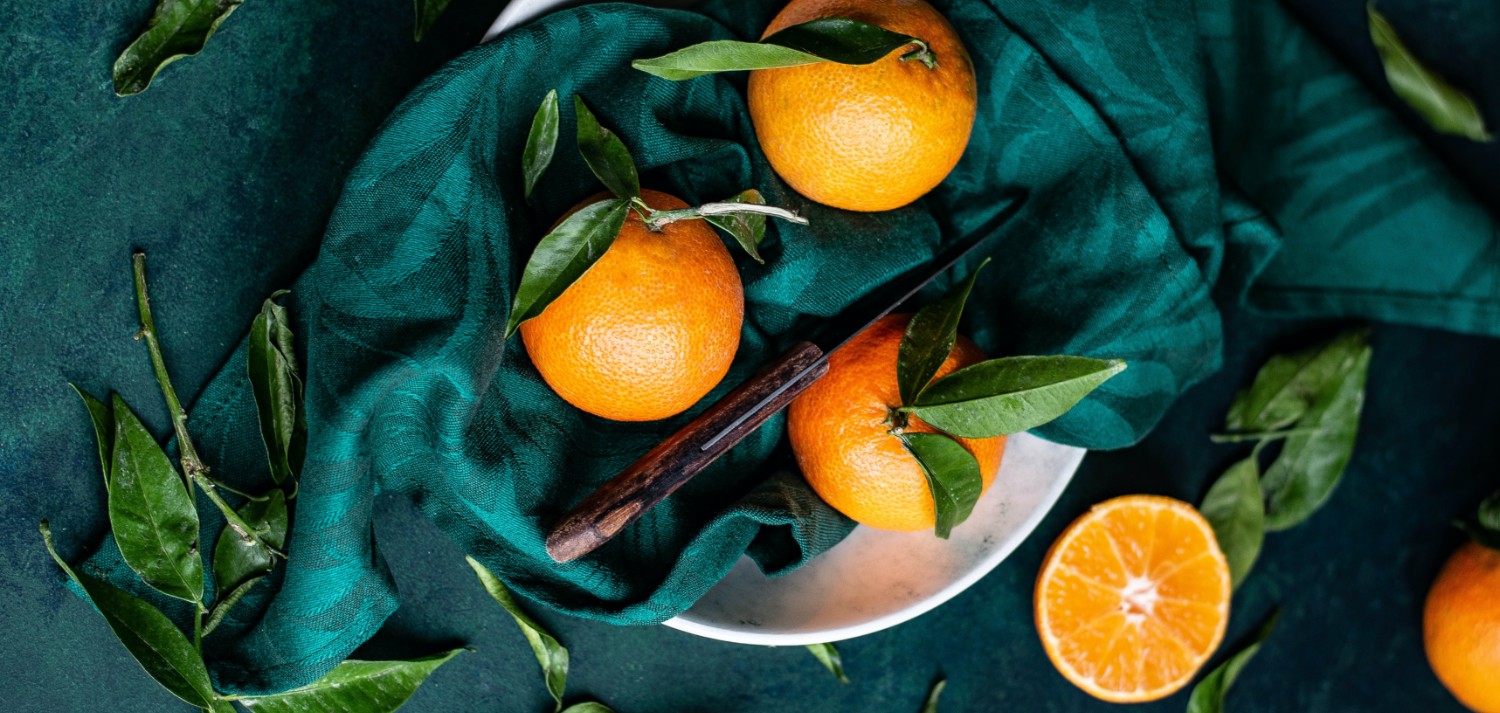How is White Tea Made?
Alex

Date
White tea is something that many people still don’t even know exists, yet it’s popularity is growing. And it’s growing fast. In the last 10 years alone the amount of people searching for White Tea on Google has tripled and it’s now often stocked in organic tea shops, as well as some supermarkets.
With so many different teas, from black to herbal and everything in between, we wanted to look in to what exactly makes white tea unique.
What exactly is white tea?
We’ve previously written a blog post detailing what white tea is here, but as a short overview white tea derives from tea leaf plant (Camellia Sinensis) just like black tea does. What makes it different is it has a much more subtle, refreshing taste, as well as lower caffeine content.

So how is white tea made?
Firstly, there’s no surprise that white tea is made from the tea leaf plant just like black tea is, however for white tea a specific bush or variety is used; the Da Bai bush. The Da Bai is predominantly found in the Chinese region of Fujian, with its main characteristic being that it contains a large amount of tiny hairs, both on the leaf and the bud.
White tea is cultivated, or harvested in the exact same way black tea is, usually from a tea leaf plant at least 3 years old. It is the way however in which the leaves are then processed at a factory that gives them their change in colour and flavour. White teas for example are not oxidised like black teas are, instead they are left to dry in the sun, or are steamed or pan-fired. It is this drying process that gives white tea a much more subtle flavour.
The oxidisation process that black tea goes through includes withering and rolling the leaves and allowing them to react with the air, or the oxygen within it. This results in the more potent flavours.
For more information on how tea in general is made, we wrote a full guide on tea processing here.
The difference in taste
Unlike black tea, white tea has a much lighter, somewhat fresher taste and can be paired with other ingredients to create fruity blends. Our mango white tea for example is fresh and flavoursome, while still having a lighter traditional tea flavour. This is one of our favourite parts of white tea, the fact that you can pair it with many different ingredients, much like a herbal tea, to change its flavour.
Due to black tea having a much richer taste, it’s often hard to pair it with other ingredients, without the black tea over-powering the overall taste. White tea also has significantly less caffeine in it than black tea, with it typically having similar amounts to decaffeinated.

So there we have it, the differences between black and white tea, including a completely different method in how it’s prepared after cultivating it from the plant.
If you’re looking for a new brew that contains less caffeine and light, refreshing flavours, shop our loose leaf white tea range here.



